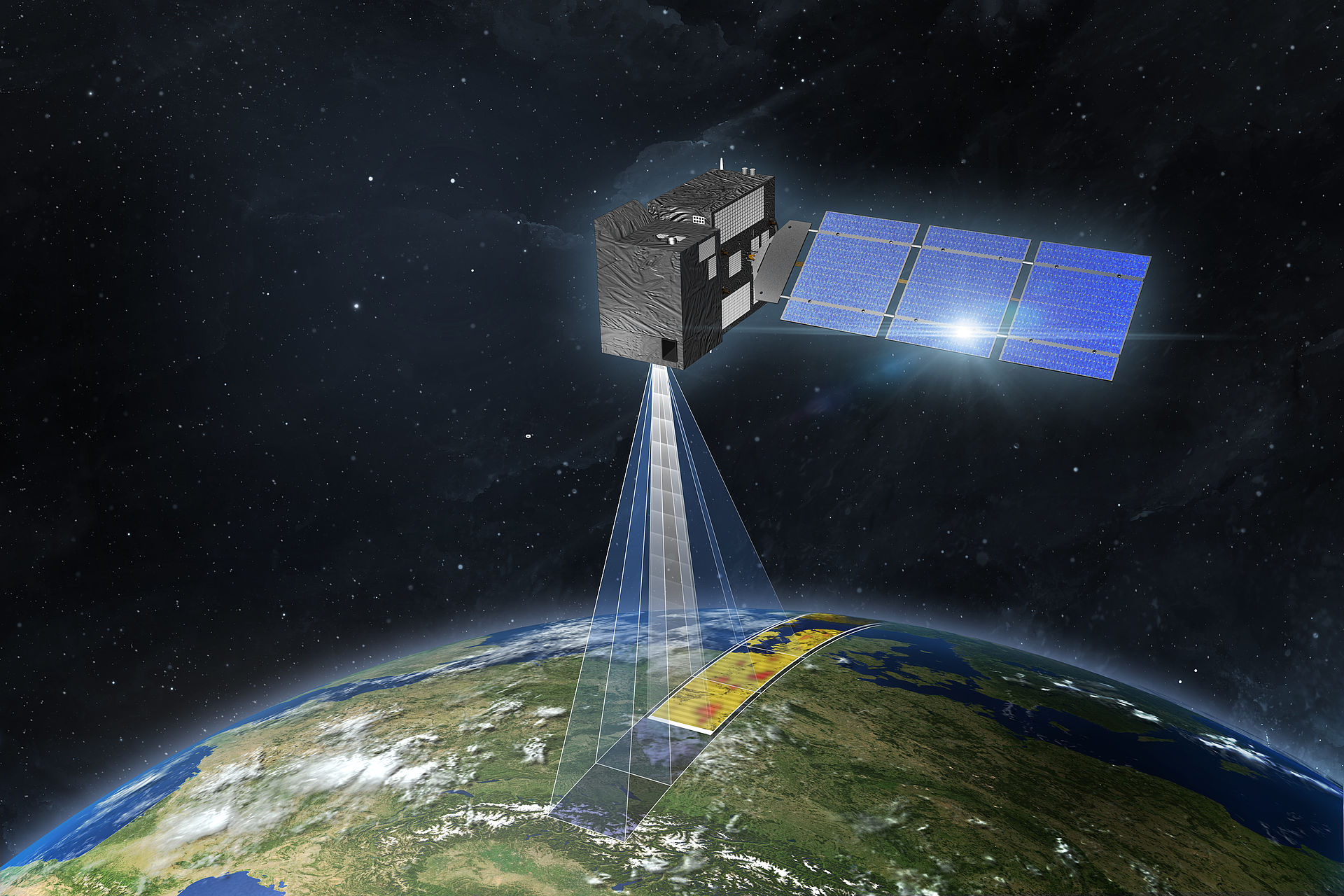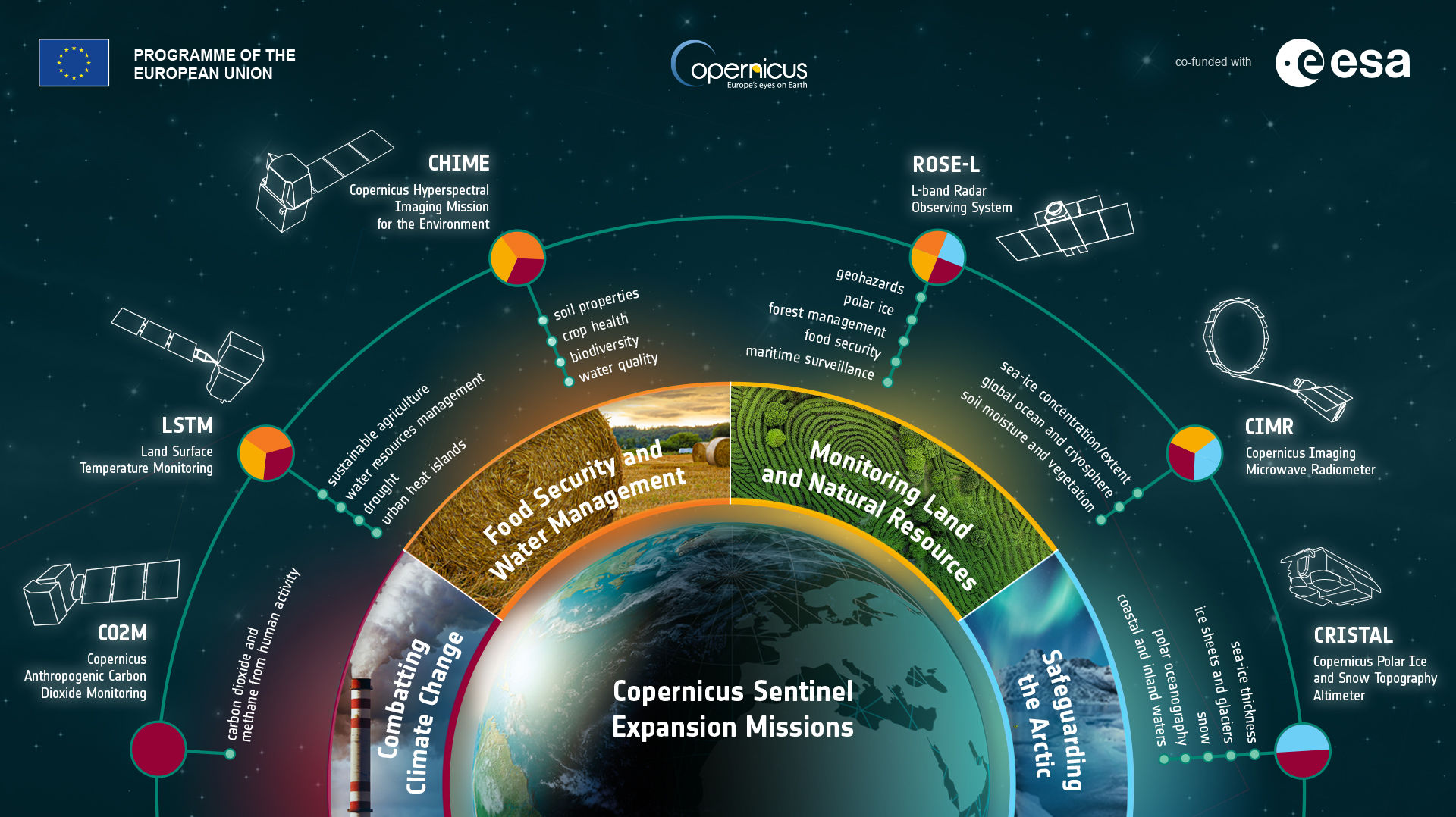Satellites development successfully continues
The goal of the European CO2M mission (Copernicus Anthropogenic Carbon Dioxide Monitoring) will be to measure how much carbon dioxide is released into the atmosphere only by human activity. For the first time ever, it will also be possible to accurately monitor emission sources in individual countries and regions of the European Union.
CO2M is part of the European Earth observation mission Copernicus funded by the European Union and ESA. As part of the mission, ESA plans to launch two to three satellites. The first satellite to be launched into space in 2025. An almost two-ton structure will carry two measuring infrared spectrometers.
The mission has reached its first major milestone in 2022. The satellite's Preliminary Design Review confirmed that the satellite is in line with customer requirements and the mission can proceed to the next development phase. The next phase will see the release of the manufacture of the hardware for the first flight, such as the structure, in order to meet the demanding project schedule. Another milestone will be the Critical Design Review in 2023.
The prime contractor of the CO2M project is OHB System. As part of the project, OHB Czechspace is responsible for analytical verification of the static strength of the satellite platform. The analyses include strength verification of the primary, secondary and tertiary structure as well as verification of the connecting elements.
Copernicus helps to better understand changes in soils and oceans
Copernicus is the EU's second major satellite-based space programme alongside the Galileo navigation system. It does not only serve to better pursue climate targets. It also helps to better understand changes in soils and oceans, which is of benefit to agriculture, which can derive information on fertility through, for example, hyperspectral analysis of fields. This, in turn, can help to increase yields by enabling the precise use of irrigation or fertilisers.
The observation of forests and meadows provides a comprehensive picture of the situation for forestry as well as the diversity of life in nature. The data on wind speed and solar radiation also provides the energy industry with important information for the generation of electricity from renewable energy sources. Soil analyses using hyperspectral technology provide information on where new sources of raw materials are located. The great potential is mainly due to the fact that Copernicus links satellite-based Earth observation instruments with data sources on the ground, on water and in the air.


